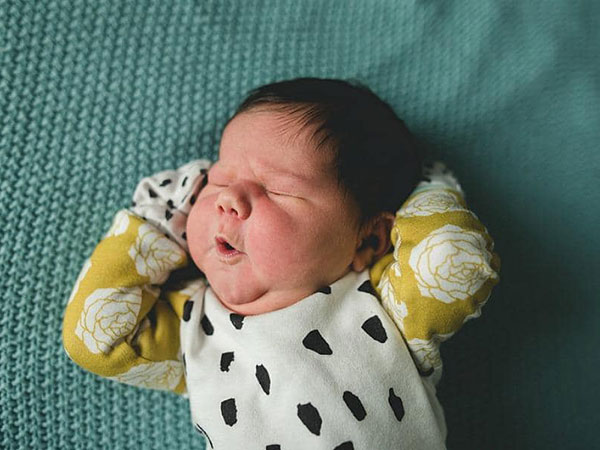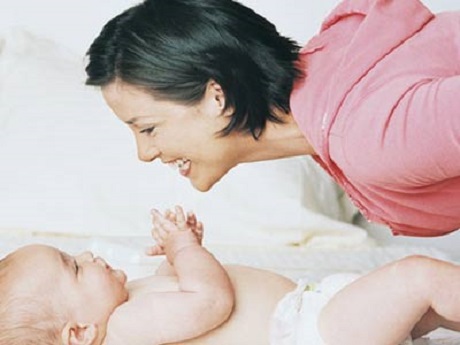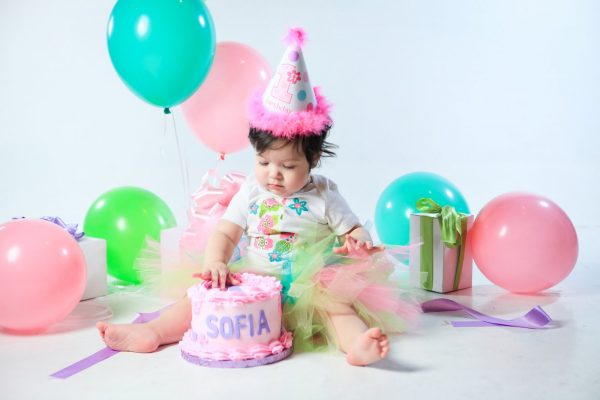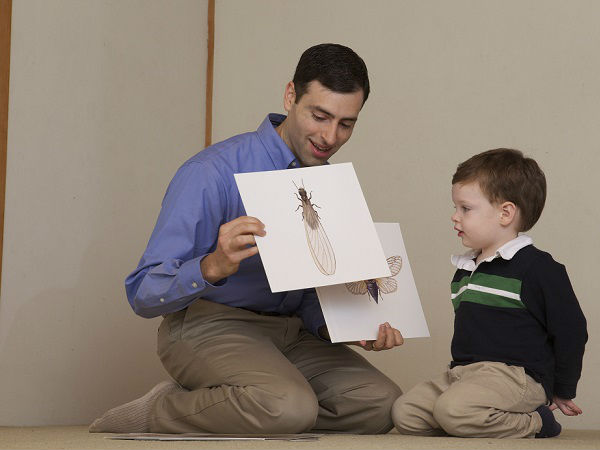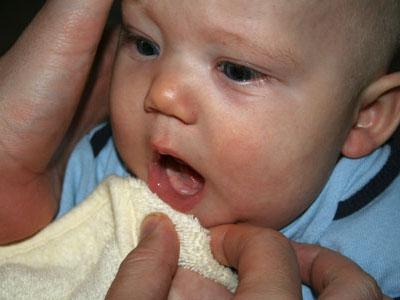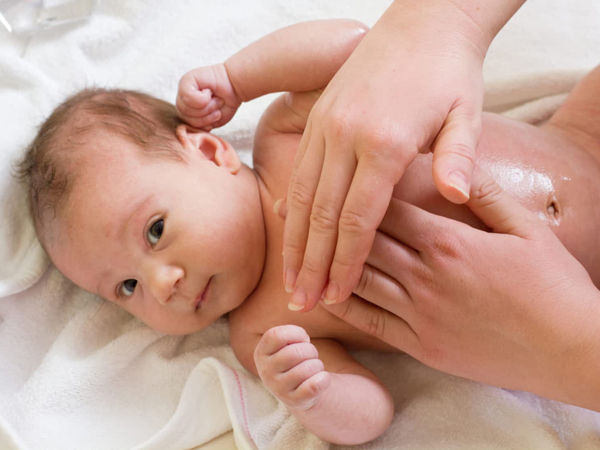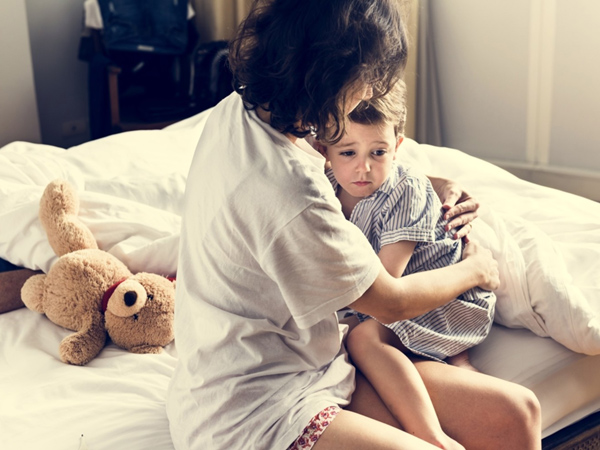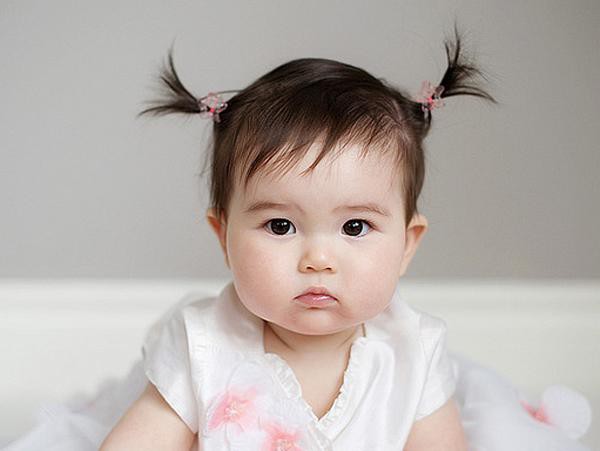Usually, a newborn baby's umbilical cord falls off 7-15 days after birth. During the time the umbilical cord is not yet falling, mothers need to pay attention to how to change the umbilical bandage for babies to avoid infection.
content
5 steps to change the standard umbilical bandage
Newborn umbilical cord abnormalities
Mistakes when caring for the umbilical cord for babies
The umbilical cord is the magic connection between mother and baby during pregnancy . When your baby is born, when the doctor cuts the umbilical cord for the baby, the sign is also the umbilical cord about 5 cm long. Although small, how to change the umbilical bandage for babies during 7-15 days should be careful because just miscarriage is the gateway to causing blood infection, very dangerous for the baby.
Why is there the above phenomenon? After falling out, the umbilical cord will be swept completely. If not, the umbilical cord is the intermediate place for local infection and from this infection, germs can enter the bloodstream, causing blood infection, even death for the newborn if not detected and treated promptly. .
Every day the mother must bathe and clean the umbilical cord carefully for the baby until the rest of the umbilical cord falls off. Correctly changing the umbilical bandage helps protect your baby from harmful infections.
5 steps to change the standard umbilical bandage
When changing the umbilical bandage for the baby, mothers need to wash their hands with water and antibacterial soap.
1. Remove the bandage around the navel. This step requires careful attention, as the gauze may be attached to the navel. If it does, gently pull the bandage out slowly to avoid damaging the umbilical area.
2. If the umbilical area does not show unusual signs such as swelling, pus, bleeding or strange smell, the mother can be completely assured. If so, the mother should take the baby immediately to the medical facility for examination because the baby's navel is showing symptoms of inflammation.
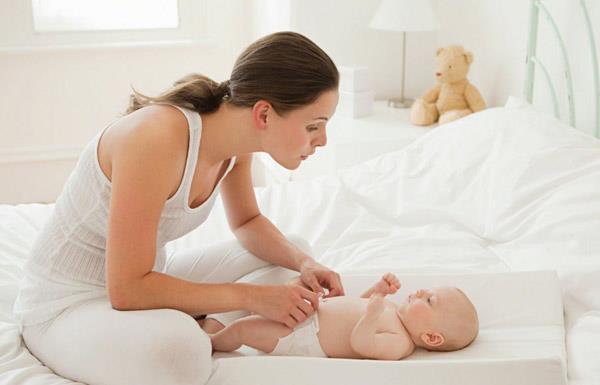
The mother only needs to change the umbilical bandage for the baby within the first 2-3 days
3. After removing the umbilical bandage, the mother rinses her hands with 70 degree alcohol to kill bacteria completely.
4. The mother uses a cotton swab soaked in 70 degrees alcohol and then wipes the legs of the umbilical cord, the base of the umbilical cord, the cross section of the umbilical stem, the skin around the navel with a radius of about 5cm from the inside out. Note that using a different cotton swab for each disinfectant.
5. Finally, place a sterile gauze pad over the navel area and then gently cover with a medical tape. Avoid wrapping too tight and tight will make the umbilical area squash, difficult to escape.
Note, mothers should only bandage the umbilical cord for the first 2-3 days. For the next day, leave your belly button open or just cover it with a thin layer of gauze to allow it to air dry, quickly dry and fall off quickly. Mother should use sterile and thin medical bandages. Avoid using a bandage and wrap it too tightly, causing the baby's umbilical cord to become pus and difficult to dry.
Newborn umbilical cord abnormalities
When the umbilical cord is not yet falling, if the mother discovers any of the following abnormal signs, she should take the baby to the nearest medical facility for examination:
The umbilical cord is swollen, red or pus-filled
The belly button is bleeding and has yellow or white pus
Water comes out of the navel and smells bad
Children with high fever , fussy and crying
After your baby loses the umbilical cord, if there are symptoms such as red granulomas or raised round masses, the baby needs to see a specialist for early treatment:
Occurrence of umbilical granulomatosis after umbilical cord loss : This is a delayed epidermalization after umbilical cord loss, resulting in overgrowth of granulomatous tissue, often occurring in children with umbilical delay.
Identifying signs: The baby loses the umbilical cord late, has a pale red granuloma, pale yellow discharge in the umbilical region, and pus is foul if there is superinfection.
Umbilical hernia : Umbilical hernia occurs when the abdominal muscles do not close tightly.
What is known is a circular mass emerging at the place of the navel. The hernia can be enlarged when a baby cries, coughs, leans forward to pass, or sits up.

Taking care of your belly button after falling out - 6 simple steps you need to know! The umbilical cord of a newborn baby still needs careful and careful care, because the wound has not yet healed, so it is easy to get inflammation and infection of the umbilical cord. In order to ensure the safety of the baby, mothers need to know how to care for the umbilical cord after falling in a scientific and correct way
Mistakes when caring for the umbilical cord for babies
The umbilical bandage is too tight, too tight: Contrary to the thoughts of many mothers, the tight bandage, the bandage does not help protect the baby's navel, but creates conditions for bacteria to grow, leading to a higher risk of infection.
Unintentionally jerking the umbilical umbilical nipple “ahead of time”: The umbilical cord dries up and falls off on its own, a natural process, and doesn't require maternal intervention. Tugging and pulling on the baby's umbilical cord when the umbilical cord is not “ripe” enough can cause pain, bleeding and infection.
Let your baby soak in water: For babies who have not yet shed their umbilical cord, when bathing the baby, the mother should limit the baby's navel to get wet, avoid prolonging the time of umbilical fall and increase the risk of umbilical cord infection.
